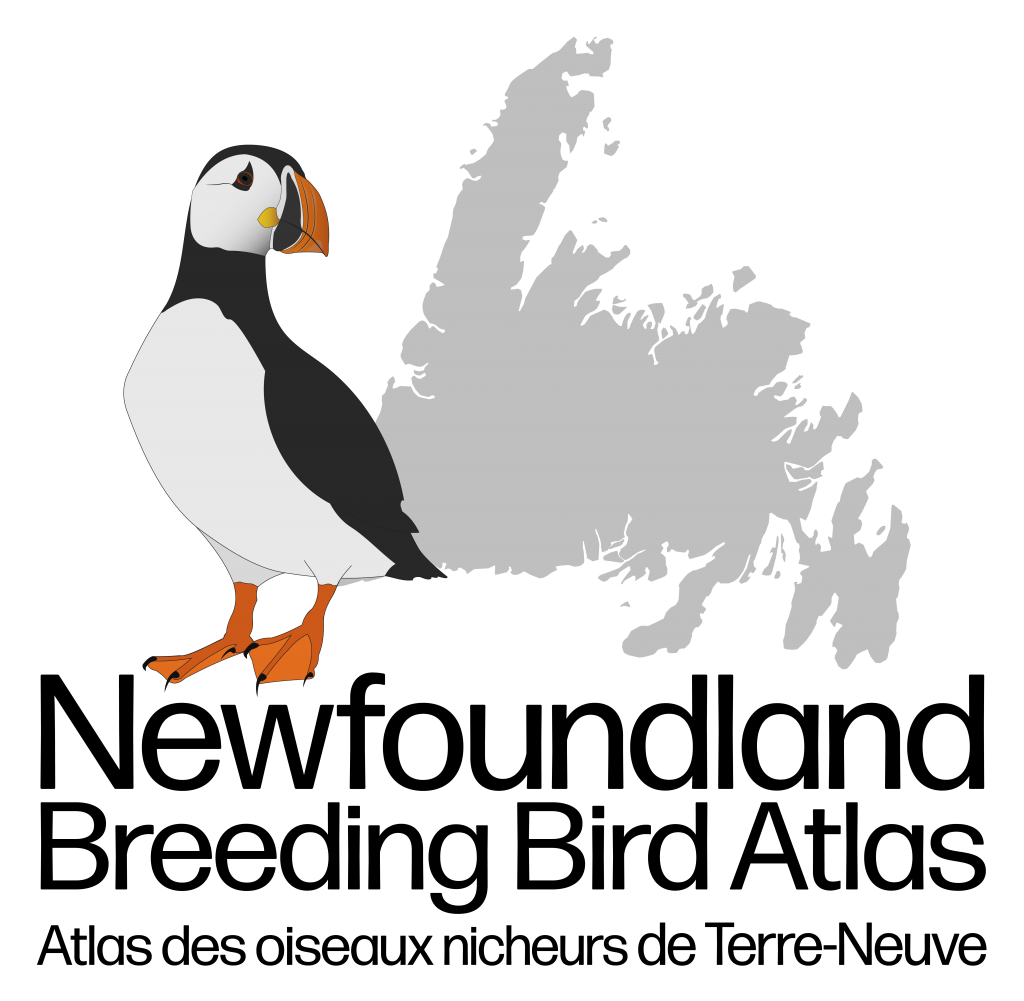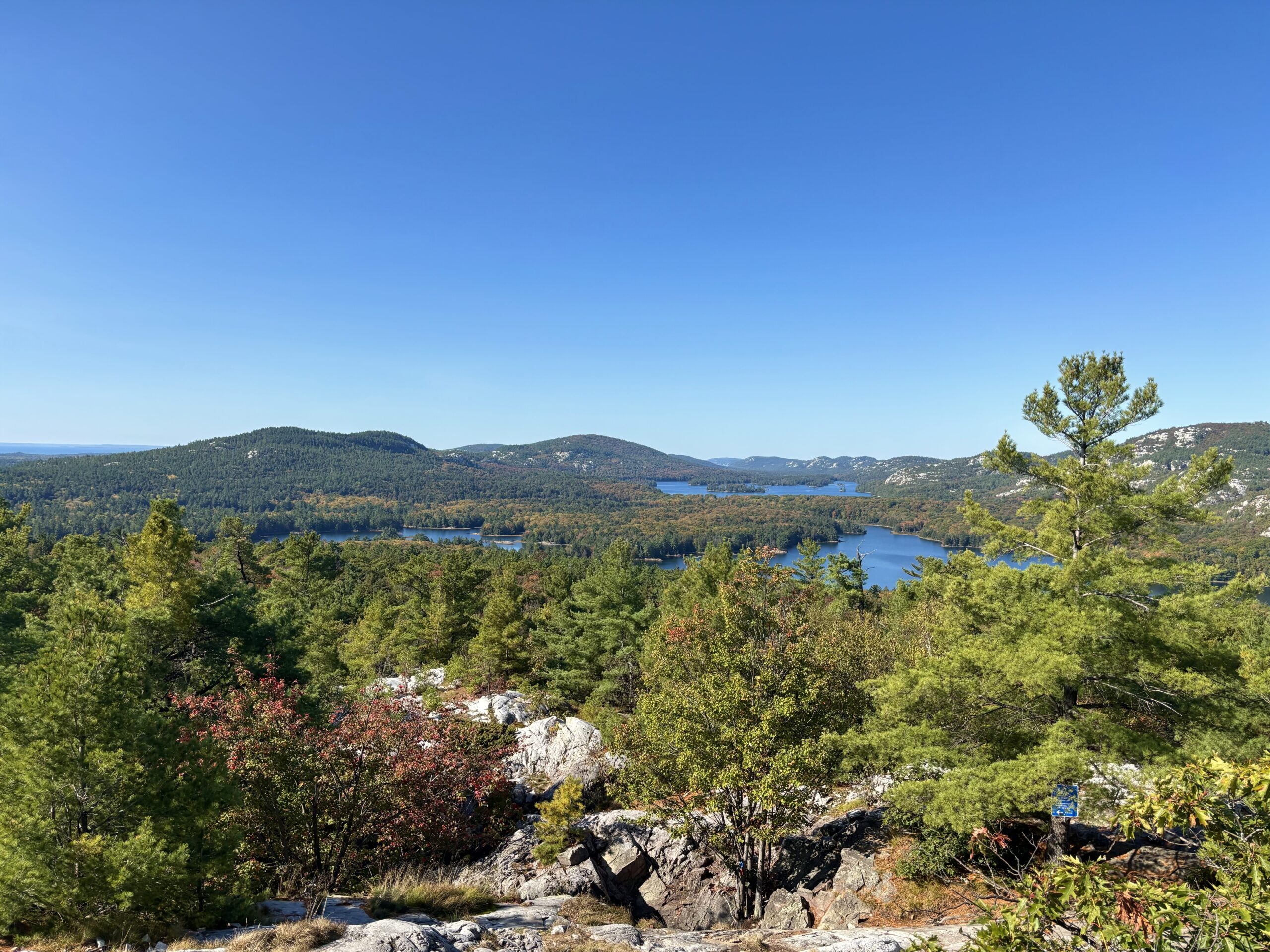By Jenna McDermott, Newfoundland Atlas Assistant Coordinator, Birds Canada and Claire Atherton, Ontario Breeding Bird Atlas Field Biologist, Birds Canada
Atlassing is more than just birdwatching—it’s an adventure into some of the wildest and most beautiful places in Canada. Breeding Bird Atlases are large-scale Citizen Science projects run over a five year span, that map where birds are nesting and in what numbers, helping to shape conservation efforts for years to come. Volunteers explore forests, wetlands, coastlines, and remote backcountry, searching for signs of breeding birds and recording their observations.
To mark the final year of data collection for both the Ontario and Newfoundland Atlas, we have identified ten hotspots to not only highlight the beauty of the work, but to call out for more volunteers in order to meet coverage goals. With this, come on a journey with us, to ten of the top places to Atlas in Ontario and Newfoundland.
1. Queen Elizabeth II Wildlands Provincial Park, Ontario
Located north of Kawartha Lakes, this non-operating park is an excellent place to do some atlassing away from the city. The park is 33,505 ha in size, so there are plenty of places to explore! There are two access points which connect to the Ganaraska Hiking Trail system – perfect for an atlassing day hike or an overnight adventure.
If you prefer to be on the water, check out Fishog Lake for a choose-your-own-adventure canoe trip! Eastern Whip-poor-will and Common Nighthawk are both common in this area, so keep an eye and ear out around dusk for these species! Consider tacking on a nightjar survey while you’re there.
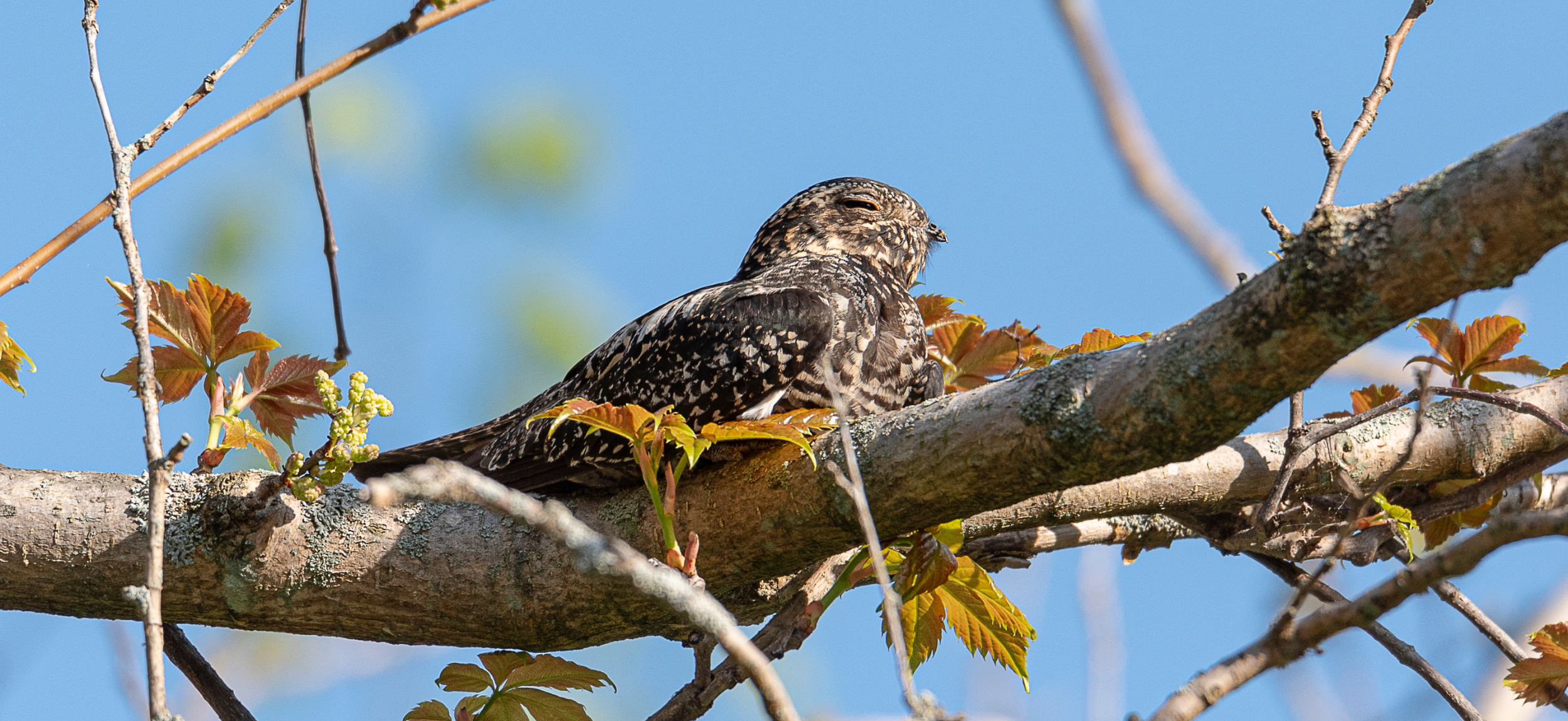
Common Nighthawk. Photo: Chantale Malo
2. Temagami, Ontario
Temagami has long been considered a canoeists’ paradise, with lots of lakes and rivers to explore. This is especially true for those who love backcountry camping, with plenty of 7-9 day trips!
Camping is not your thing? There are plenty of access points throughout the area that make day-tripping easy and fun. The extensive boreal forests in this area host a variety of warblers such as Black-throated Green, Canada, and Bay-breasted.
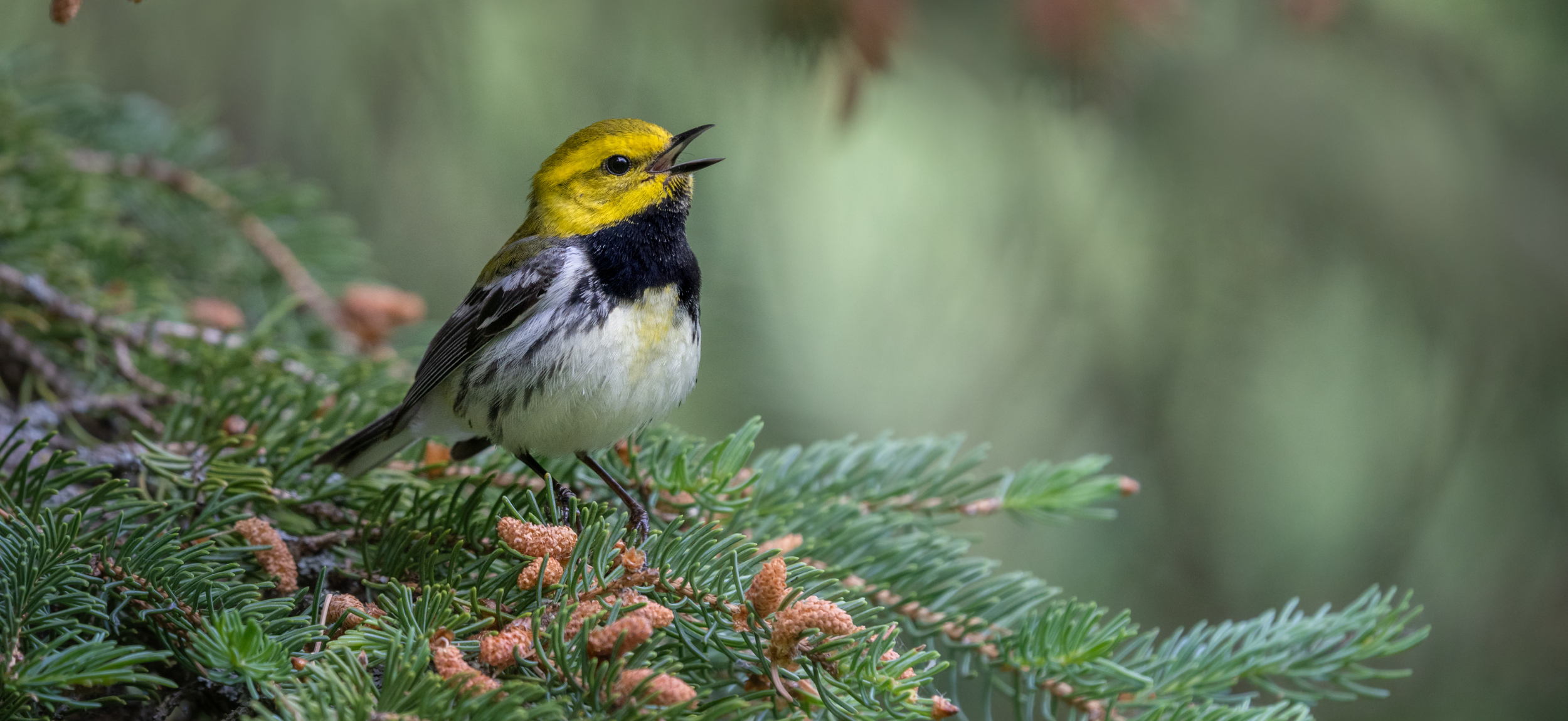
Black-throated Green Warbler. Photo: Robert Mikulec
3. Killarney Provincial Park, Ontario
This beautiful area is situated southwest of Sudbury, near where Georgian Bay meets the North Channel. It is located within the LaCloche Mountains, which are known for their extensive hikes and breathtaking views. It was even a favourite spot for several Group of Seven artists! Consider hiking one of Killarney’s most well-known hikes, “The Crack” or take the multi-night canoe loop through O.S.A. and Killarney Lakes.
There are many ways to Atlas this park! While there, keep an eye out for rare species such as the Yellow-billed Cuckoo.
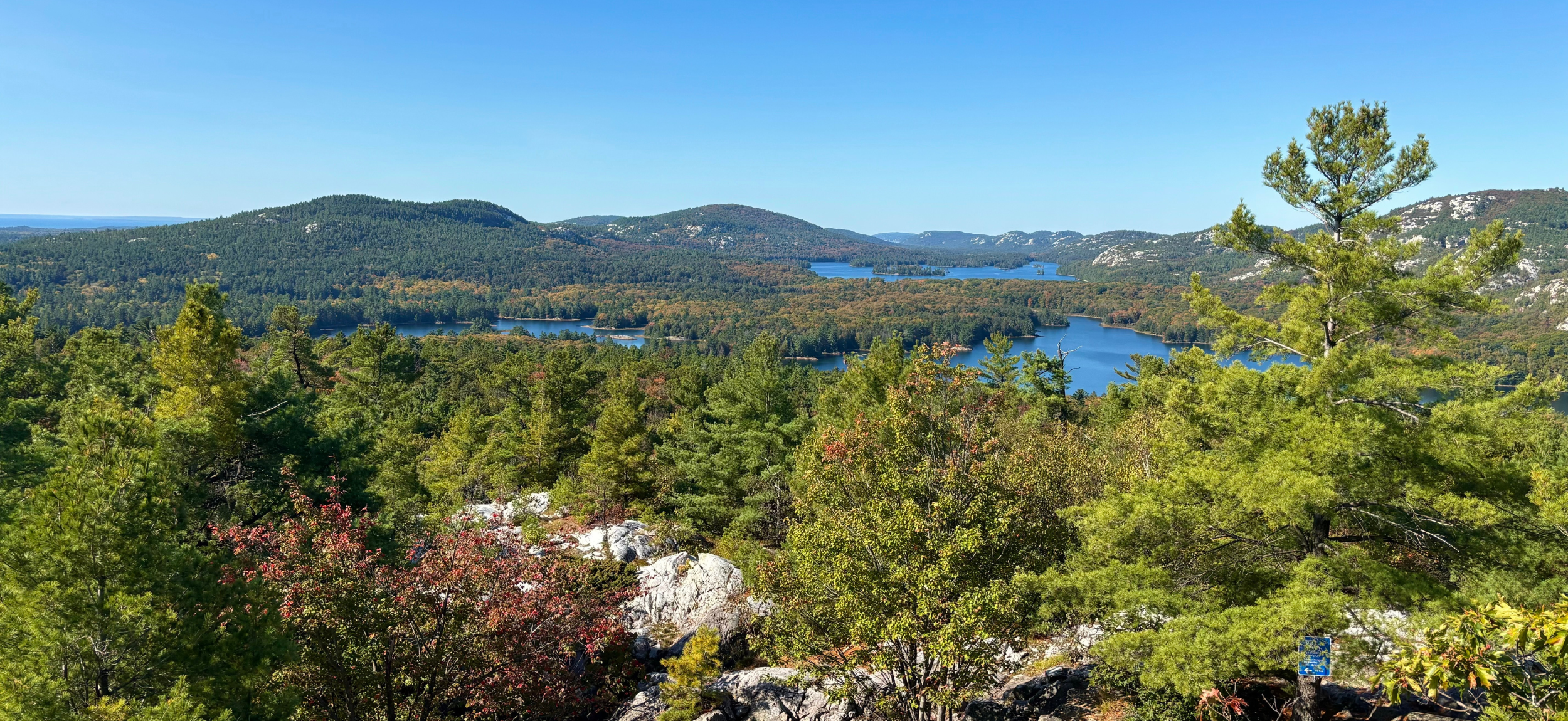
Killarney Provincial Park. Photo: Kate Dalgleish
4. Golden Valley, Ontario
Golden Valley is a hidden gem between Georgian Bay and the Amalguin Highlands. There are lots of opportunities for exploring the wilderness of this area but our favourites are the multi-night canoe trips around LeGrou or Pickerel Lakes.
Look out for interesting species such as Sedge Wren, which is a rare sighting in the area! Sedge Wrens can be found in wet areas with long grass, such as meadows and marshes.
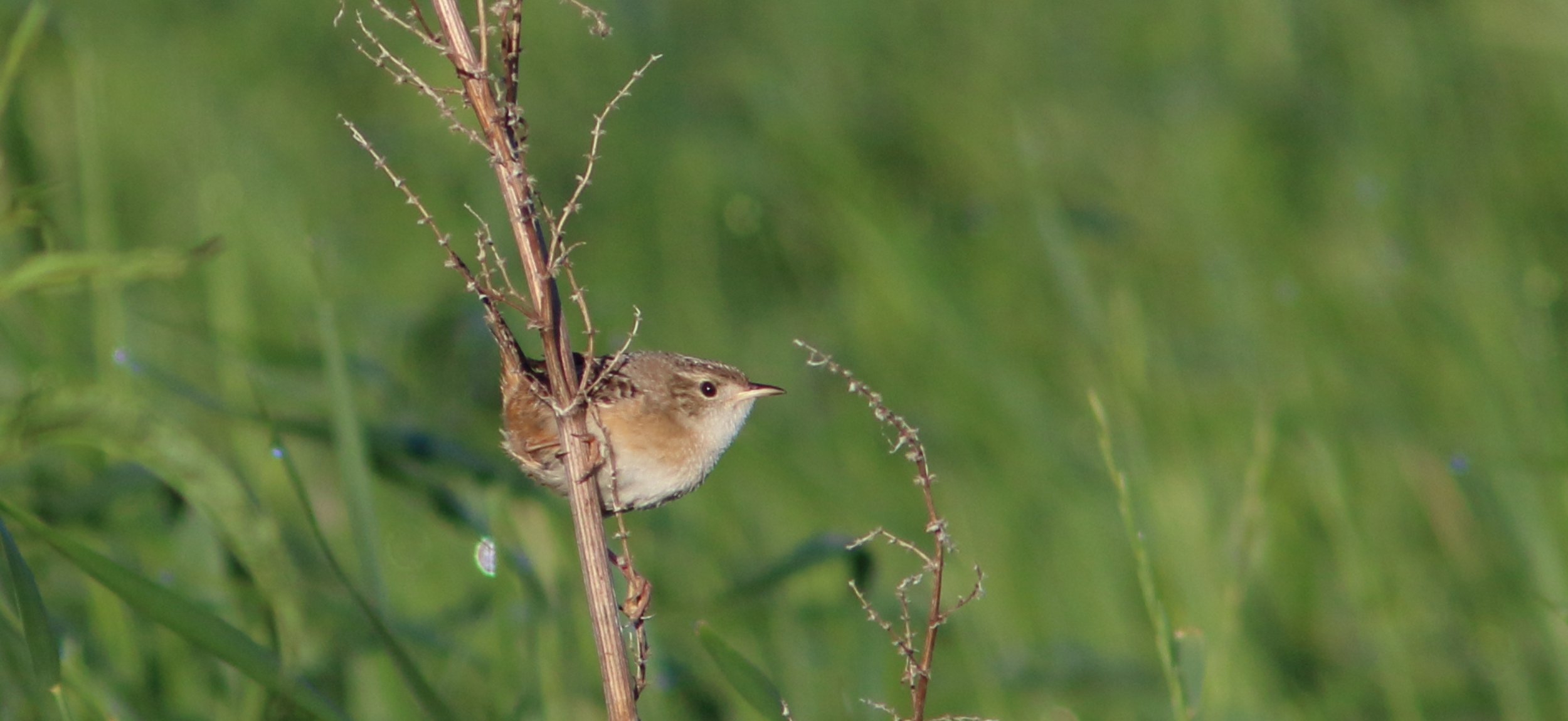
Sedge Wren. Photo: Sean Jenniskens
5. French River, Ontario
The French River is another famous paddling area that is in need of some atlassing! The delta, where the river meets Georgian Bay, is a popular paddling and camping spot. If you’re interested in exploring the area by canoe, consider a trip starting at the Hartley Bay Marina. This is a two-night trip, without portages, along the French River and into the outlet of the Wanapitae River. There are plenty of waterfowl in the area, such as Common Goldeneye, Hooded Merganser, and Wood Duck.
Ready to take on an Ontario Breeding Bird Atlas adventure? Check out detailed itineraries here: https://www.birdsontario.org/canoetrips/
But Ontario isn’t the only place where atlassing takes you to incredible landscapes—Newfoundland offers its own set of unique and remote birding experiences.
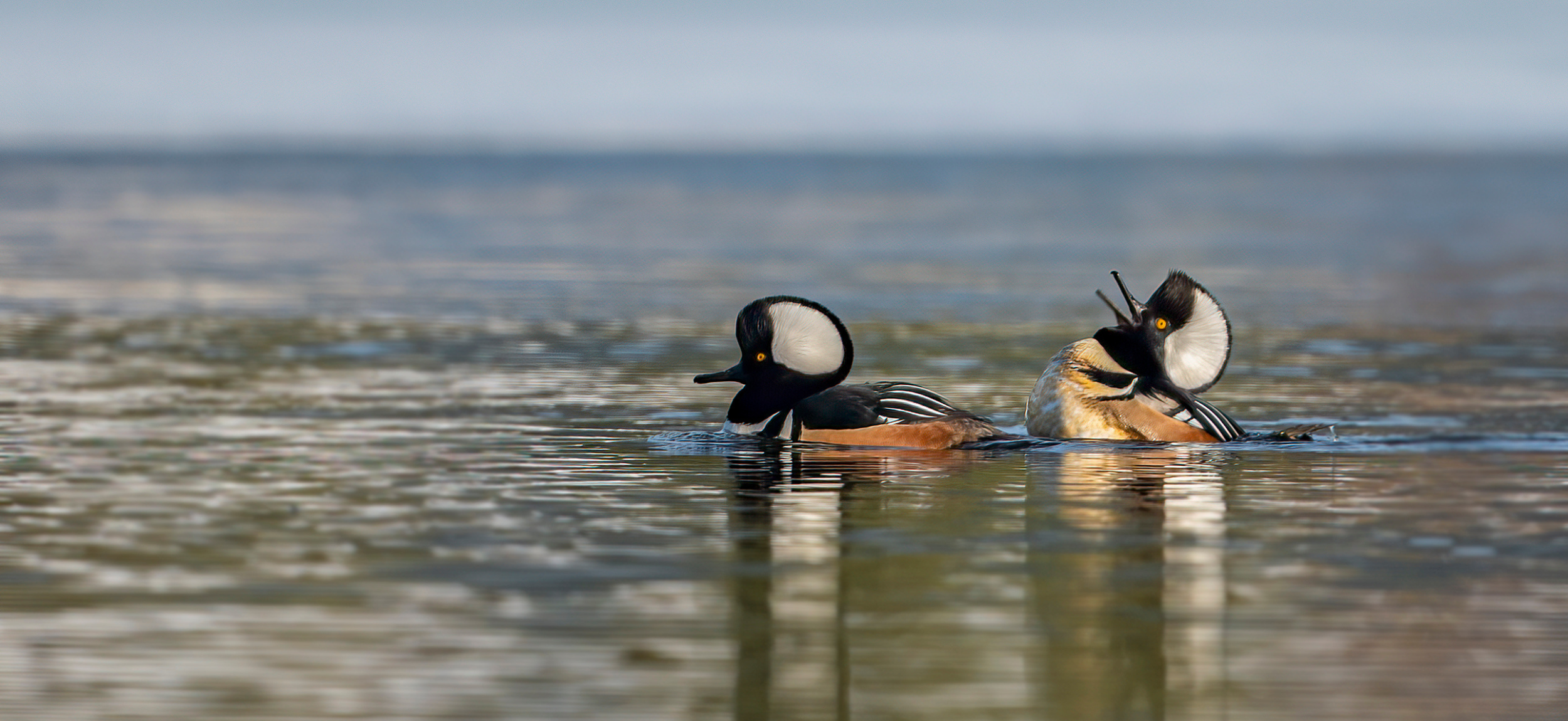
Hooded Merganser. Photo: Susi Grathwol
6. Fogo Island, Newfoundland
Fogo Island is a must-see area of Newfoundland with a landscape mixed with forest, barrens, and bogs, accessible by vehicle on a short ferry if you keep travelling north from Gander. There are plenty of interesting trails to explore, where you can often observe seabirds on the ocean, or hike more inland and atlas for boreal forest birds like Yellow-bellied Flycatcher, Boreal Chickadee, and Fox Sparrow.
You may also get a glimpse of a black or silver fox or some of the ~300 Fogo Island Caribou that roam the small island.
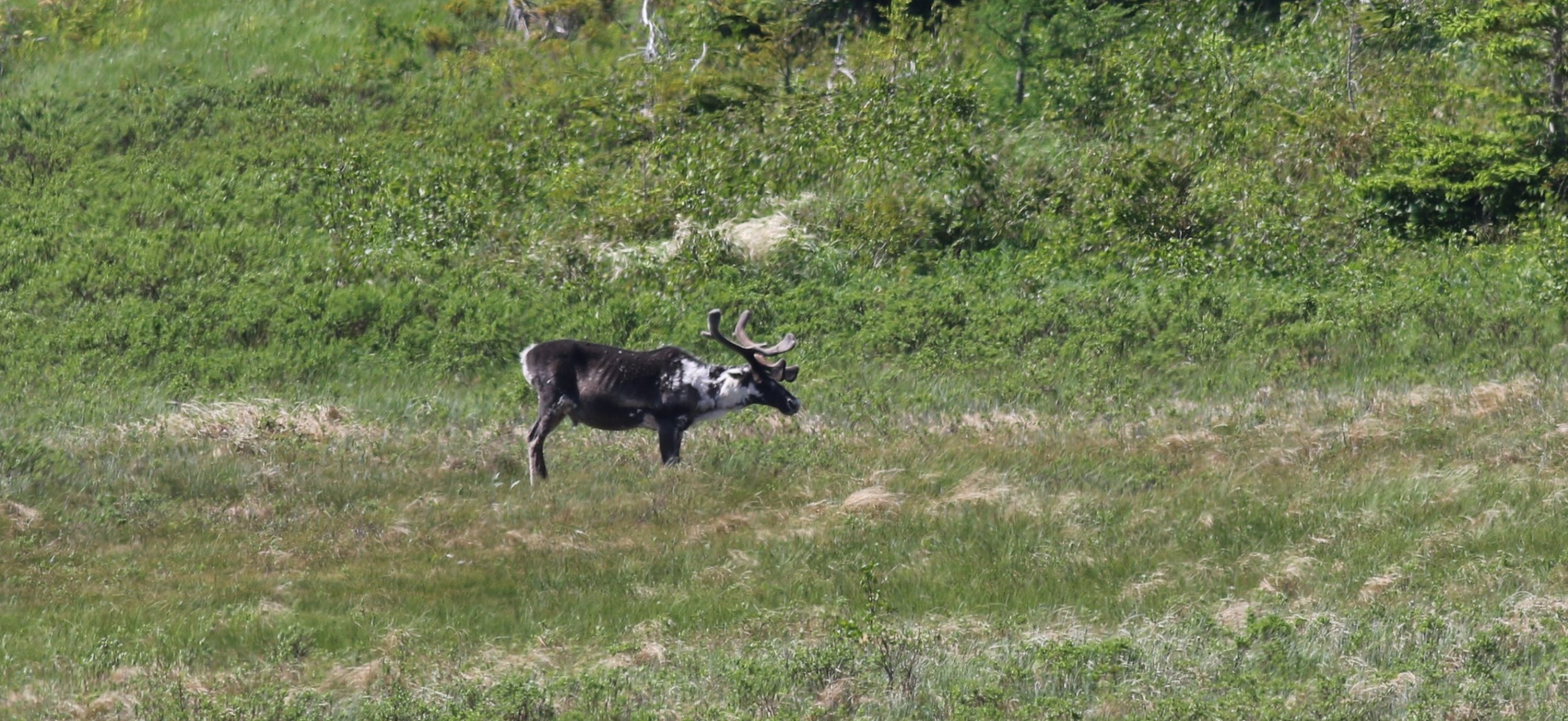
Newfoundland Caribou. Photo: Yousif Attia.
7. Cape Shore, Avalon Peninsula, Newfoundland
Many folks would think that the Avalon Peninsula is overrun with atlassers, but once you get away from St. John’s there is plenty of unexplored territory. The Cape Shore is the southwestern section of the Avalon Peninsula, and is only a 2.5h drive from St. John’s. The main road passes through large forest tracts where you can listen for the elusive Gray-cheeked Thrush, and huge swaths of oceanic barrens, making it a great place to get off the main road and explore for species like Horned Lark, American Pipit, and Short-eared Owl.
Top off your atlassing adventure on the Cape Shore by visiting Cape St. Mary’s Ecological Reserve which is one of North America’s largest seabird colonies. You’ll see (and smell!) tens of thousands of Northern Gannets, Black-legged Kittiwakes, Common Murres, and more, with the added bonus of being able to safely stand only feet from the colonies!
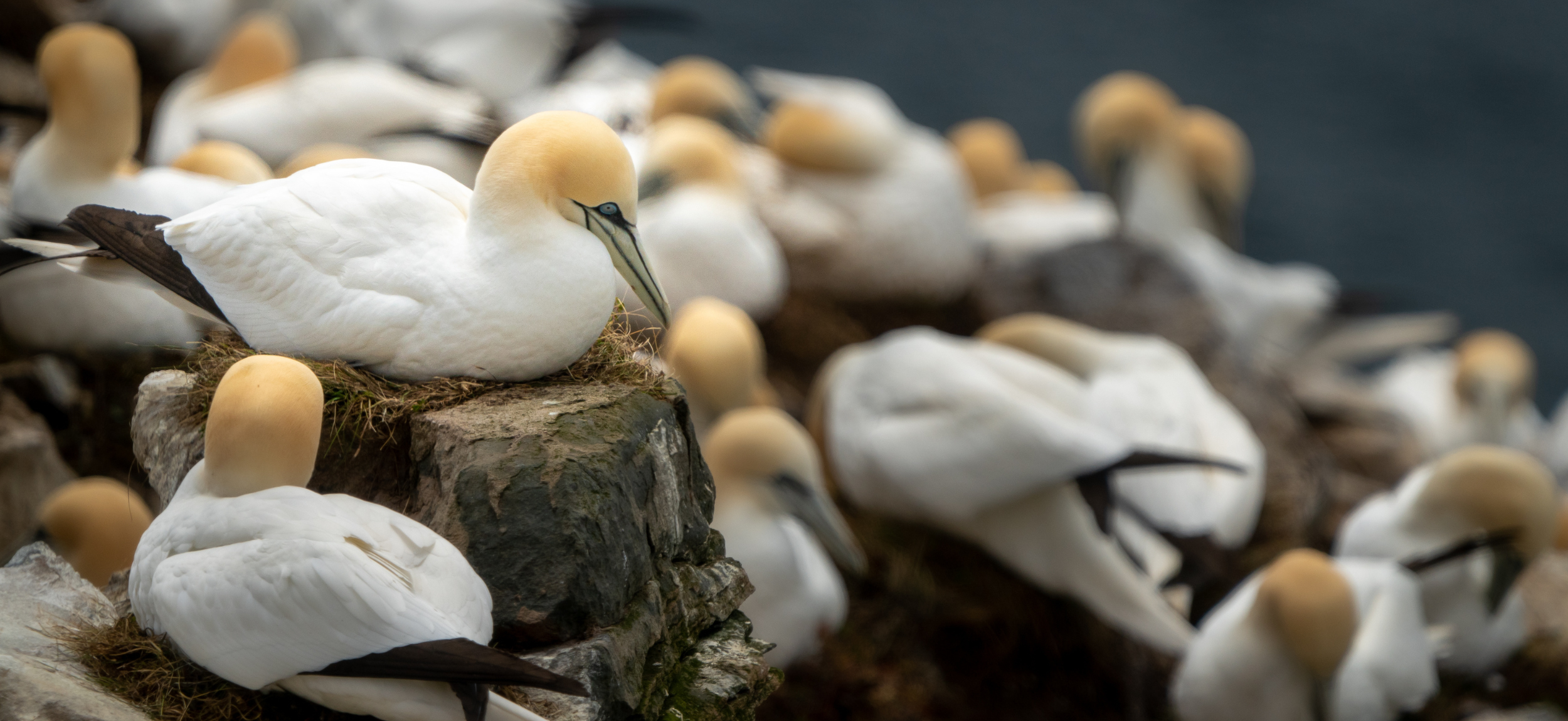
Northern Gannet. Photo: Nick Schwinghamer
8. Newfoundland’s South Coast ferry, Newfoundland
The beautiful fjords along the south coast of Newfoundland are any atlasser’s dream, but do require some advance planning! They are accessible not by vehicle, but by a ferry that stops in the picturesque small outport towns of Ramea, Grey River, Francois, and McCallum. Ramea and Francois specifically have seen very little atlassing effort so far, but are gorgeous places to visit with great opportunities for seawatching between atlas efforts.
Atlassing in the towns is easy by walking the streets, and there are hiking trails that will bring you up the steep surrounding hills to the barrens above. More intrepid atlassers can also hike off-trail for day trips or pack in their gear to camp in the highlands, looking for species like Rock and Willow Ptarmigan, or the most plentiful Common Yellowthroats you’ve ever heard.
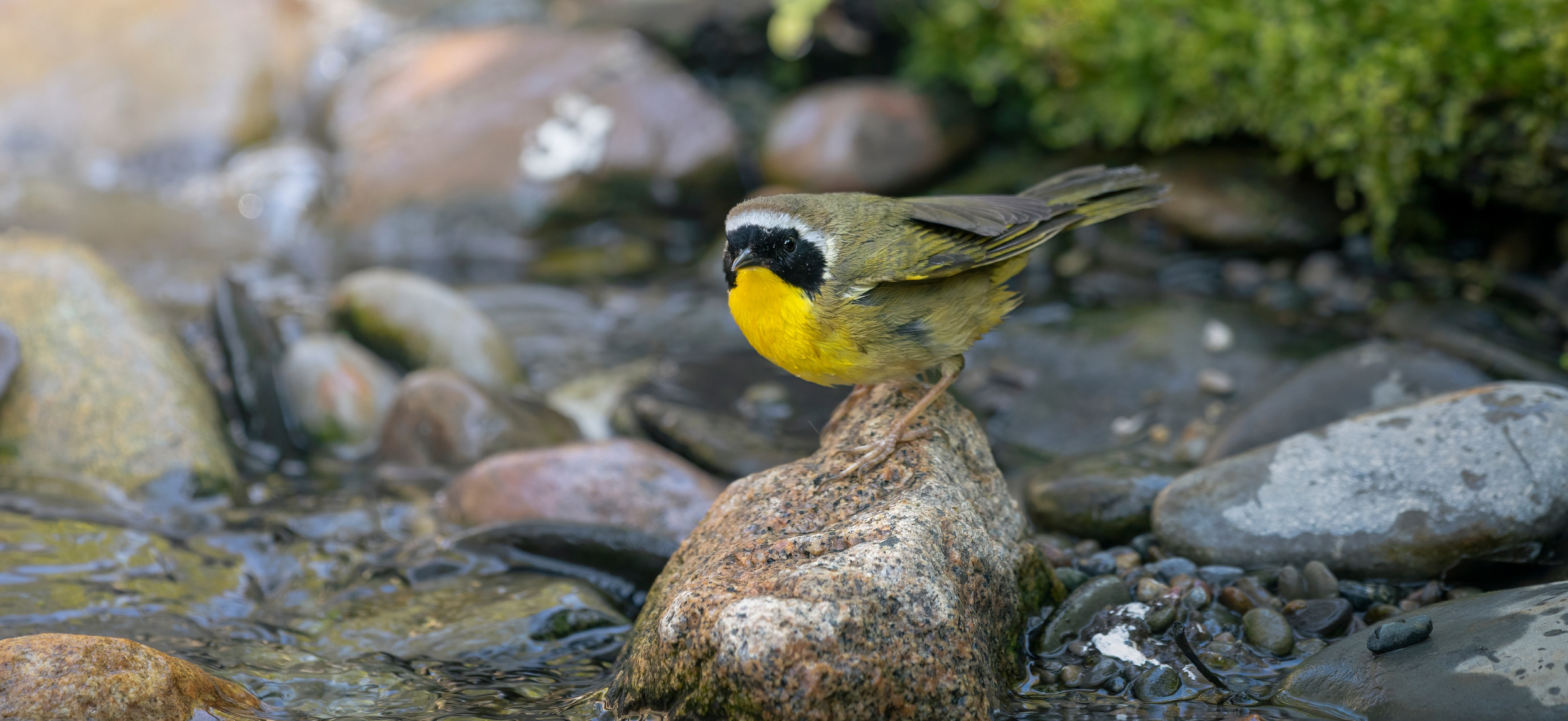
Common Yellowthroat. Photo: Roberto Haveroth
9. Avalon Wilderness Reserve, Newfoundland
If you’re looking to get more off the beaten path and into some beautiful forest and barrens on the Avalon Peninsula, consider a trip into the Avalon Wilderness Reserve which is just 50km south of St. John’s. This 1,070 km2 reserve is the perfect area to atlas for the remote backpacking or paddling adventurer.
Access requires a free entry permit, and is via a rough unmaintained road (no off-road vehicles allowed) or several unmaintained trails. The main paddling route through the reserve is a 3-5 day journey that cuts through the northern section. The Avalon Wilderness Reserve is a great place to observe waterfowl, Willow Ptarmigan, Northern Harrier, and plenty of other avian diversity, not to mention the Avalon Woodland Caribou herd! Make sure to check out the website for more information on access.

Northern Harrier. Photo: Yousif Attia
10. Saint-Pierre and Miquelon, Newfoundland
Saint-Pierre and Miquelon are French islands nestled off the Burin Peninsula on the south coast of Newfoundland, and are one of the regions for the Newfoundland Breeding Bird Atlas. They are the perfect mix of European vacation and local atlassing adventure. You can get to Saint-Pierre or Miquelon by ferry from Fortune, NL, or by flying into their international airport from St. John’s, Montreal, or Halifax. Be prepared; you are truly leaving the country and need to bring your passport, go through customs, and turn your phone to airplane mode to avoid roaming charges! Once on the archipelago, you’ll have a chance to explore the beautiful scenery and see breeding Red-throated Loons, Northern Waterthrush, Gray-cheeked Thrush, and plenty of other boreal specialties while you enjoy your French patisseries!
Atlassing isn’t just about collecting data—it’s about exploration, adventure, and contributing to a vital conservation effort. Whether you’re paddling through Ontario’s remote backcountry or hiking the rugged landscapes of Newfoundland, each of these locations offers a unique opportunity to observe breeding birds while helping to complete Canada’s Breeding Bird Atlases.
With 2025 marking the final year of Ontario and Newfoundland’s data collection, now is the perfect time to get involved. So grab your binoculars, pack your gear, and head out into these incredible landscapes—your observations will help shape the future of bird conservation for years to come.
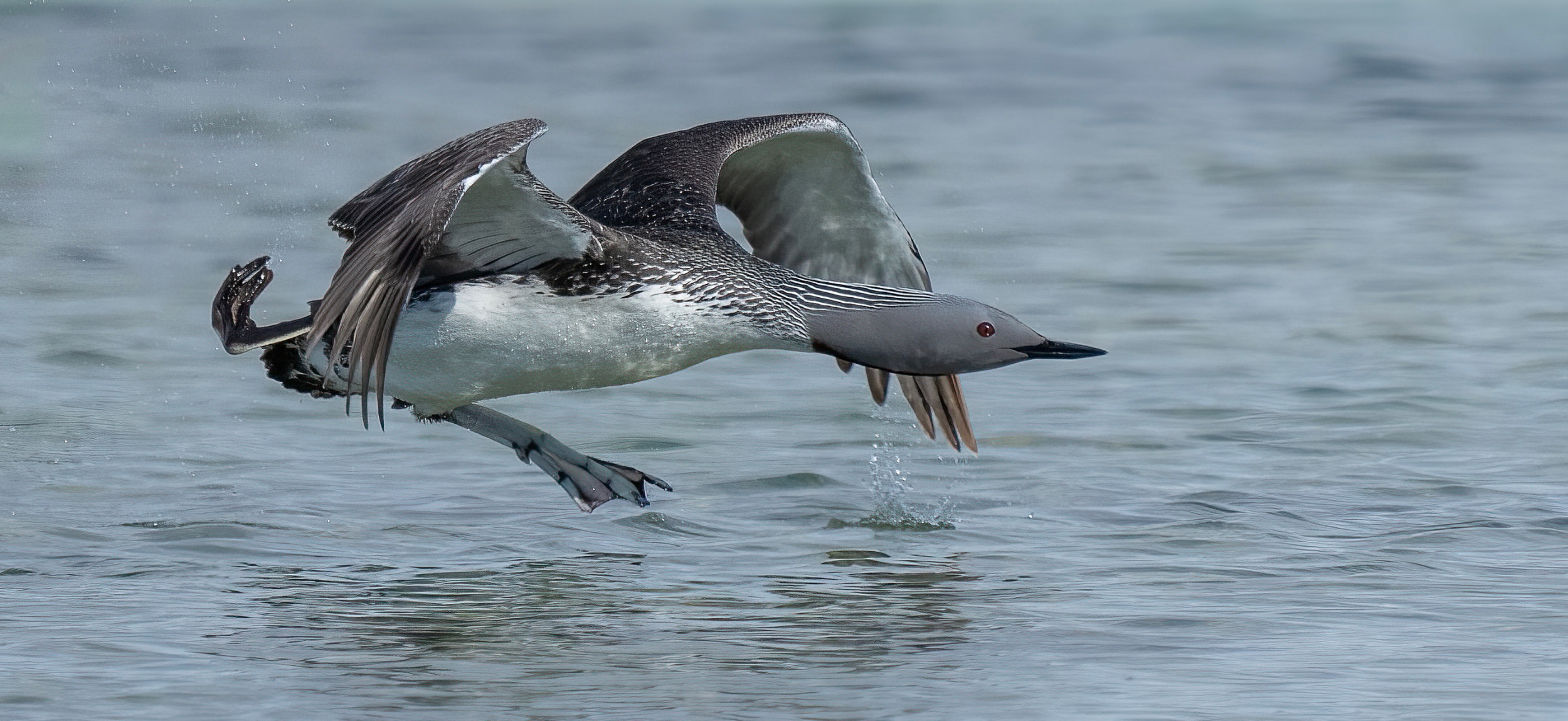
Red-throated Loon. Photo: Charles Francis
How To Get Involved
If you want to become an atlasser, please register with NatureCounts.
Once you’re registered, or reach out to the Regional Coordinator for the area you’re interested in to see how you can best help.

